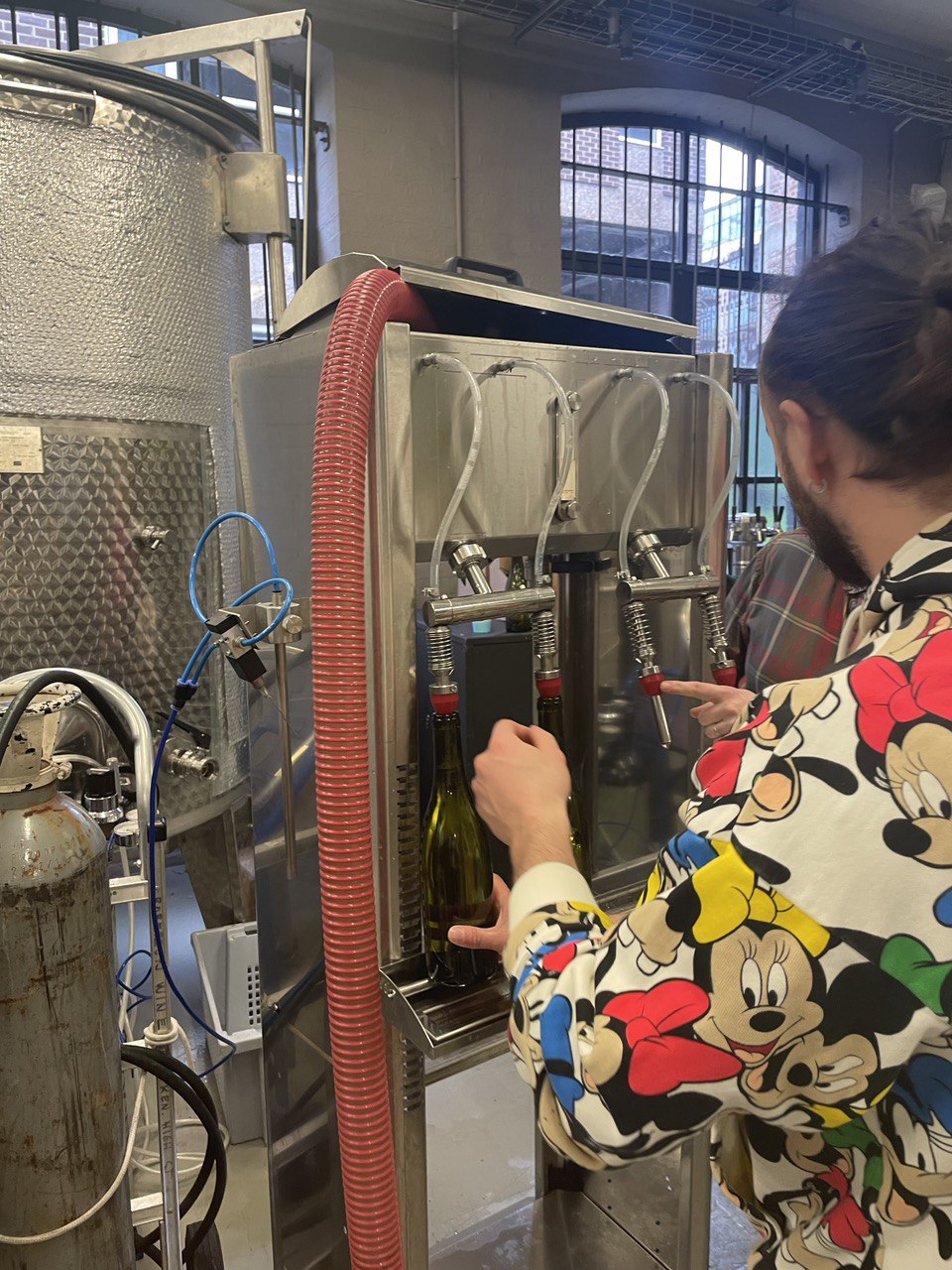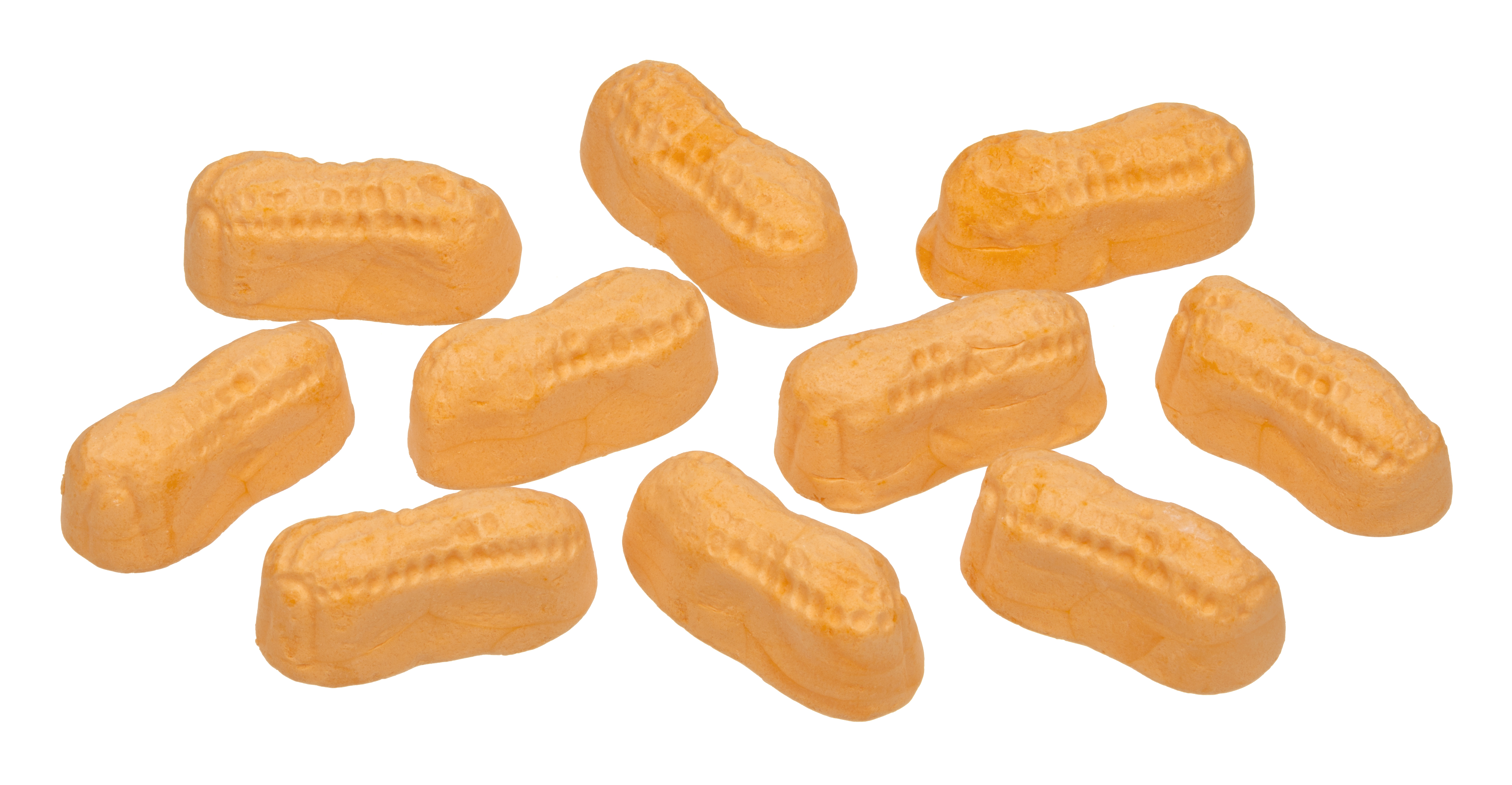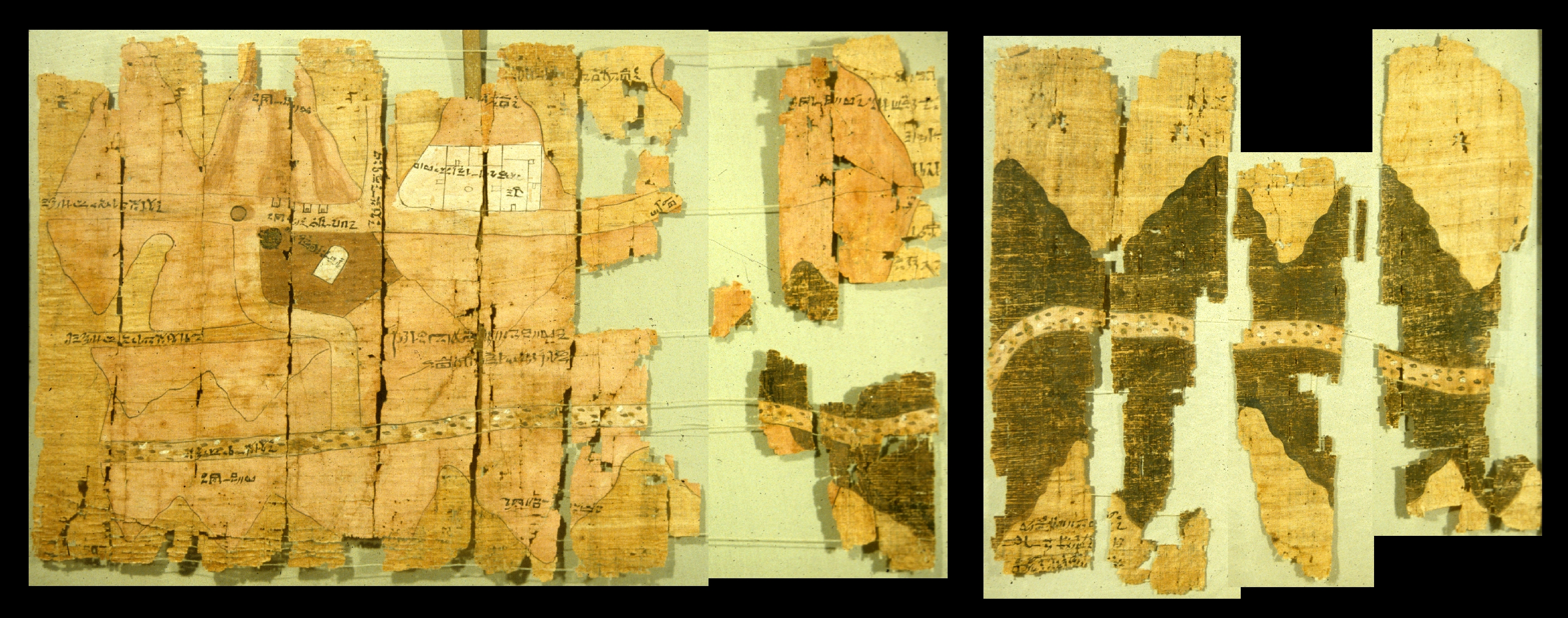TUESDAY TRIAGE #89
by Vadim Drobinin ¶
Your weekly crème de la crème of the Internet is here!
29.03.2022 (read in browser)
-
Intro
Whatever is on my mind this week. -
Things I enjoyed reading
Ten-ish articles I found worth reading. -
Things I didn't know last Tuesday
Ten-ish facts I didn't know when I wrote the previous edition. -
Book of the week
Some thoughts on the latest book I've read.
On bottling ¶
The main highlight of the past week was probably the unexpectedly sunny for March weather, as well as a walk through the citycentre with thousands of likeminded individuals.

And then the next day we got back to winemaking, and as it's been nearly a year some of the wines have to be bottled, so we spent solid seven six hours filling the bottles and putting corks manually.

This is not a complicated process but a fairly repetetive indeed.

And that's around a quarter of the total tonne of wine we ended up with.

Look out for London Cru Bacchus 2021 in your favourite Michelin restaurants in a few months (or maybe years, with these whites you never know).
Things I enjoyed reading ¶
1. Building Things and Raising Children by @jordanmorgan10 ¶
While I can't relate to the "raising children" part yet, building things is hard anyway – and there are plenty of distractions out there already (although I have a feeling that with children there would be even more).
This is a good collection of advice that I find pretty much universal:
Have a strategy to handle interruptions gracefully. This one is key, you’ve simply got to master it. Here’s what I mean: You’re super focused prototyping something or tackling a bug early in the morning. Nobody is awake, it’s going great! And then BAM! Your daughter woke up somehow and wants chocolate milk. They are now the priority, and your thing is not. So, figure out how to quickly leave a note or some sort of TODO: to give yourself context to pick things back up later. For me, I use Notes since it’s lightweight and syncs everywhere. When this happen to me, I just pop open my note I use for this stuff and leave something like “You’re trying to fix a bug likely caused by X. I was looking at file Y. I think Z will fix it.”
Bear in mind though, that distractions are not actually distractions –– as the author rightfully points out, these are just preferences. And if you prefer to watch that movie instead of making a mobile app, then there is nothing wrong with that, it just helps to be honest with at least yourself.
2. So, you want to be a darknet drug lord... by nachash ¶
While I don't expect that there are many wannabe darknet drug lords among subscribers of this newsletter, the whole idea of being careful with your online presence is very dear to me, and there is way more to it than just using a VPN service:
Disinformation is critical to your continued freedom. Give barium meat tests to your contacts liberally. It doesn't matter if they realize they're being tested. Make sure that if you're caught making small talk, you inject false details about yourself and your life. You don't want to be like Ernest Lehmitz, a German spy during World War II who sent otherwise boring letters about himself containing hidden writing about ship movements. He got caught because the non-secret portion of his letters gave up various minor personal details the FBI correlated and used to find him after intercepting just 12 letters. Spreading disinformation about yourself takes time, but after a while the tapestry of deceptions will practically weave itself.
It also works in the other direction: pretty much anything online might be fake, so don't rush to believe it.
3. The Pied Piper of Psychedelic Toads by Kimon de Greef ¶
A hilarious story about a doctor who's TEDx talk introduced the world to one of the most powerful hallucinogenic substance available in the nature:
Only one species of toad, Incilius alvarius, is known to induce these sensations. Commonly known as the Sonoran Desert toad, it is found in the arid borderlands between Mexico and the United States. The toad spends most of the year burrowed underground, emerging to mate during the summer-monsoon season. In order to repel predators, it secretes toxins from its skin. Dogs sometimes die from ingesting the toad, and regional pet hospitals issue warnings about it.
I don't think it's that common here though, despite plenty of jokes about licking a toad to get high (albeit if you want to change that bear in mind the article just before).
4. Travel photos are underrated by @devonzuegel ¶
Probably 90% of my phone's storage is taken up with photos, which are mostly travel photos even though the majority of them are just pictures of food.
I rarely scroll through them, and even more rarely share with the rest of the world, which often makes me question their value. And yet there is definitely way more than just sentiments when I keep making them:
Photos also capture only a small part of how it feels to be in a place and time, so it really matters to me that I know exactly the context of where a photo was shot for me to be able to appreciate the place-ness of that photograph. When I'm writing about an Urban Chasm I experienced in Barcelona or a Narrow Street for People in Saigon, I want to recall the fabric of the city around it to begin to understand how it fits into the city system as a whole.
Eventually I will find the time and resources to resurrect some of the cooking websites I had in the past – maybe that would give them the second life.
5. Programmable Notes by @Mappletons ¶
One might think that note-taking is one of the simplest things out there. And yet in the past decade with the aid of modern technologies it lives through its Renaissance. There are apps to take notes on daily basis. Apps to take voice messages and turn them into text. Apps to proof-read (I should be using them more often). How about apps that help you to make notes in the first place?
Agents can prompt you to do specific activities in a sequence. They can ask you questions. They can suggest relevant material based on what you've already written. They can periodically resurface old ideas to ask if they still ring true. They can prompt you to connect two disparate ideas together. They can mimic conversational partners who debate the strengths and weaknesses of a point – naive partners perhaps, but still better than no partner at all.
To be fair, most of those automations could be done with iOS' very own Shortcuts, but there is definitely room for improvement.
6. The jokes that have made people laugh for thousands of years by Matt Kenyon ¶
This week the world debates whether violence could be a response to an offensive joke (it can not), but there are plenty of offensive jokes that were among the first ones ever told, and people never stopped risking their lifes over them:
Jokes in the times of all-powerful medieval monarchs were a risky business. Bayless recounts a story where a joke fell foul of English king Richard I. "Two men had been ridiculing the king at a drunken feast – the king was furious and summoned the men. Clearly disaster was about to befall the men, but then one of them answered: 'We might have said those things, but that was nothing to what we were going to say if the wine hadn't run out!'"
That's also partly explains why so many comedies (and comics) have a very limited selection of topics to joke about.
7. The Origin and Evolution of Baby Carrots by @carrotmuseum ¶
I had no idea that there is a difference between baby carrots and "baby-cut" carrots. Usually they both are labeled as "baby carrots", but there is lots of history behind it, and spoiler alert: some of them are just cut to the size.
In the 1980's supermarkets expected carrots to be a particular uniform size, shape, and colour. Anything else had to be sold for juice or processing or animal feed, or just thrown away. One farmer wondered what would happen if he peeled the skin off the gnarly carrots, cut them into pieces, and sold them in bags. He made up a few test batches to show his buyers. One batch, cut into 1-inch bites and peeled round, he called "bunny balls." Another batch, peeled and cut 2 inches long, looked like little baby carrots.
What's next? Someone's going to tell me that "baby back ribs" are actually from full-grown pork?
8. On the dangers of sleep by Daisy Dunn ¶
These days we tend to agree that sleeping is great and there is usually not enough sleep, but in the past it was quite the opposite:
Seneca’s ‘if I must’ attitude towards sleeping was adopted by many others, too, not least of all Pliny the Elder, who perhaps enjoyed fewer hours kip than anyone else in first-century Rome. One of the great mottoes he abided by was vita vigilia est or ‘to be alive is to be awake.’ Like Seneca, Pliny considered sleep to be a waste of valuable working time and, more than that, of life itself, for it was so akin to death. Pliny indeed claimed that sleepers wasted more than half of their allotted span when their hours of sleep were added together to the hours they lost in idle infancy, incapable old age and infirmity.
Can't really blame them given how many horror stories in myths start with gods manipulating dreams.
9. I built a receipt printer for GitHub issues by @aschmelyun ¶
For a while a dream of mine was to build a receipt printer and use it for cocktail receipts when we have friends over.
However the more I thought about it, the more cumbersome the idea felt, as it'd require too many components and effort to use.
This one might be fun though: imagine printing out tasks and keeping them on display.
The reason that I went with an Epson thermal printer is that they use the ESC/POS command set, for which there's established libraries in a variety of programming languages. Plus they're pretty ubiquitous in the second-hand market, and I was able to pick one up on Ebay along with some receipt paper for a pretty fair price.
Would probably also work great for house errands.
10. Women’s lunch clubs by Jan Whitaker ¶
A story of the roots of the women's weekend branches:
The clubs came at a time when the number of office workers in cities was on the increase. The clubs mainly catered to “business women,” which then meant young white-collar workers in offices and department stores. Although women factory workers had a greater need for restful and inexpensive lunches than did office workers, their shorter lunch breaks and lower pay made it difficult to accommodate them.
So back in the late 19th century it was slightly different from today's bottomless Margaritas, but the concept seems to be pretty much the same.
Things I didn't know last Tuesday ¶
1. Circus peanut ¶
While I've tried Lucky charms before, I never thought that they had a predecessor. The biggest disappointment is obviously that these are not real nuts, and they are not sold in a circus (probably, not anymore?).
Circus peanuts are American peanut-shaped marshmallow candy. They date to the 19th century, when they were one of a large variety of unwrapped "penny candy" sold in such retail outlets as five-and-dime stores.

They do look like peanuts though, can't take that away.
2. Why can’t we throw all our trash into a volcano and burn it up? ¶
That's the thought I had while rinsing up some yogurt pot to drop it into a recycling bin. The biggest issue seem to be the temperature not high enough to burn some of the metals, but also this:
Second, there aren’t many volcanoes on Earth that have lava lakes, or bowl-like craters full of lava, that we could dump trash into. Of all of the thousands of volcanoes on Earth, scientists know of only eight with active lava lakes. They include Kilauea, Mount Erebus in Antarctica and Nyiragongo in the Democratic Republic of the Congo. Most active volcanoes have craters filled with rocks and cooled lava, like Mount St. Helens, or with water, like Crater Lake in Oregon.
So out of all volcanoes in the world only the very few look like in cartoons.
3. Chassalia northiana ¶
There is a plant that got recorded and named only because an artist paid lots of attention to details centuries ago:
An earlier description of the painting had attributed the plant as Psychotria, also known as wild coffee—but Yu knew such a color is not present in the genus. He also knew it wasn’t a case of North taking artistic license. She always painted exactly what she saw, including the habitat in which the plants lived, using oils—unlike her contemporaries, who typically painted single specimens, isolated on a neutral background, using thin layers of watercolors.
And an illustrator put lots of effort to follow up on the painting.
4. Yakhchal ¶
There were ancient refrigerators:
The ice was brought in during the winters from nearby mountains in bulk amounts, and stored in a Yakhchal, or ice-pit. These ancient refrigerators were used primarily to store ice for use in the summer, as well as for food storage, in the hot, dry desert climate of Iran. The ice was also used to chill treats for royalty during hot summer days and to make faloodeh, the traditional Persian frozen dessert.

Pretty cool that the ice was used to make desserts – the folks put their priorities straight.
5. Go Topless Day ¶
Apparently since 1992 it's legal to walk topless in New York, so they even have a dedicated day to celebrate it:
At 1pm, under a pair of giant balloon boobies, marchers head down Broadway and turn onto 48th Street, then hear from speakers at a rally at Dag Hammarskjold Plaza from 1:20 to 4pm. “We want to encourage women to exercise their rights,” says GoTopless President Nadine Gary. “It’s a celebration of our bodies and putting the shame behind us.”
Despite that, there are still American states where it's prohibited (but only for women), so on that day they hold protests there as well.
6. Rheology-driven design of pizza gas foaming ¶
I didn't know that there are lots of scientists trying to design a pizza dough that would rise without yeast.
To cope with these needs, yeast-free bread making technologies based on physical foaming were proposed. Douglish introduced a bread making method in which water is CO2-saturated under high pressure and then (still at high pressure) mixed with flour. At the end of the mixing time, the dough is forced out of a nozzle by the internal pressure, with a resulting expansion
The whole paper is fun to read, and while certain techniques are hard to reproduce at home, some of them are definitely doable.
I wonder how much does the taste change though without all the fermentation?
7. Sofonisba Anguissola ¶
Really liked this painter's style:
In 16th-century Italy, young women who wanted to become painters were not allowed to be apprentices in professional studios. The only hope for budding female artists was to receive tuition from male relatives (the later, baroque artist Artemisia Gentileschi, for example, was taught by her father). Since Amilcare Anguissola was not an artist, he took the unusual step of allowing Sofonisba to study under the painter Bernardino Campi when she was about 14.
Very fresh for the 16th century, so eventually she was hired as an official court painter to the king:

8. Jara honey ¶
Georgia the country is relatively famous for its wines and cuisine, but also they have semi-wild honey which is very hard to produce:
Today, only ten dozen beekeepers cultivate this honey, using wild bees and zero artificial wax to produce the uncompromised result. Furthermore, the process is now monitored and regulated, ensuring that every jar of honey bearing the Jara name was produced in the same manner that originally brought the honey its acclaim.

Essentially it's wild beekeping, so the amount of produce is way less than the demand.
9. Turin Papyrus Map ¶
This map is not just the oldest known topographic and geological map, but also the first known example of paper folding, so is of huge value to those interested in origami:
The Turin Papyrus Map is an ancient Egyptian map, generally considered the oldest surviving map of topographical interest from the ancient world. It is drawn on a papyrus reportedly discovered at Deir el-Medina in Thebes, collected by Bernardino Drovetti (known as Napoleon's Proconsul) in Egypt sometime before 1824 AD and now preserved in Turin's Museo Egizio.

Despite visiting Turin a few times I never actually considered spending much time in their Egyptian museum. Maybe next time.
10. Intonarumori ¶
An Italian futurist built a musical instrument to perform the music from his The Art of Noises manifesto. By now the known varieties were either lost or destroyed, but there are a few reconstructions built from the sketches and recordings:
Stravinsky’s reaction was mild when compared to that of the international press: one correspondent for a Paris newspaper described a concert of the intonarumori as “an impressive simultaneity of bloody faces and noisy enharmonics in an infernal din”.7 Yet the musical inventions of Russolo did not fail to find admirers.

Some of the replicas were even used at concerts.
Book of the week ¶
For a few years I was working in an office not far from Farringdon road, and colleagues kept telling me to visit this "sandwich place" nearby.
I am not a huge fan of sandwiches (and I was yet to learn that here burgers count as sandwiches too), especially when it comes to sandwiches with chicken, which is rarely a good replacement for meat unless it is deep fried.
So I kept postponing it until I was nearly dragged inside during one of the lunch breaks, and the place – called Quality Chop House – was way more than a mere sandwich shop.
It seems fitting, that years later, and hundreds of eaten sanwiches past, I am reading through Will Lander's Quality Chop House to get to know their story better:
Our confit potatoes have become rather legendary. They are the only dish we haven’t once taken off the menu since their happy conception in spring 2013. We’d just opened the restaurant and needed to find something to serve with the chops. Shaun was adamant that QCH didn’t need chips – next thing you know we’d have squeezy ketchup on the tables – but we obviously needed something indulgent, and probably potato-based. We started making layered potatoes and after much trial and error and refrying leftovers, Shaun landed on these crispy golden nuggets.
The book is actually surprisingly honest – I didn't try the recipes yet, so can't really say if that's because they're impossible to replicate, or because there is more to it than a combination of ingredients, but I am definitely looking forward to some of their ideas (namely, a Marmite butter with grilled Corn on the cobs, and burger buns with beef drippings).
I also do respect the approach they took. While the place serves (mostly) simple and straightforward food, their attitude towards guest is as welcoming as at the best Michelin-starred restaurants.
That's sadly not as common as you'd think.
Thank you and see you in a week! ¶
If you have any questions, or want to suggest a link for the next newsletter, please drop me a message on Twitter or reply to this email.
Cheers! 🍸